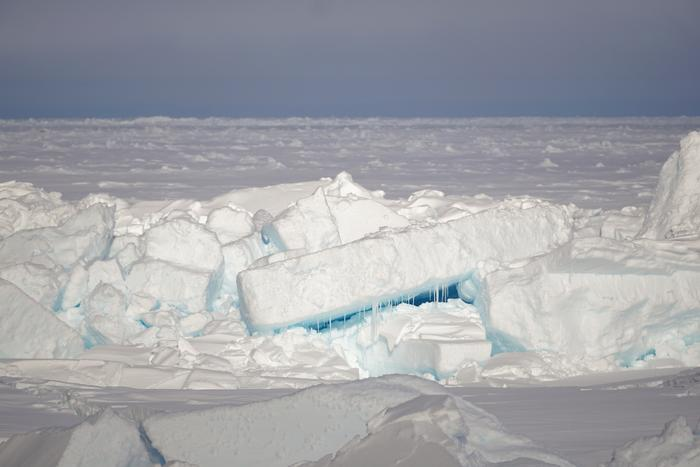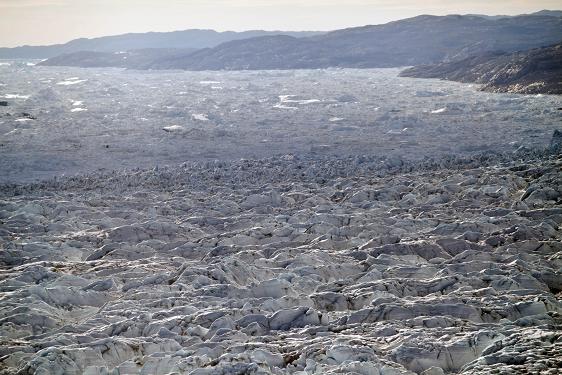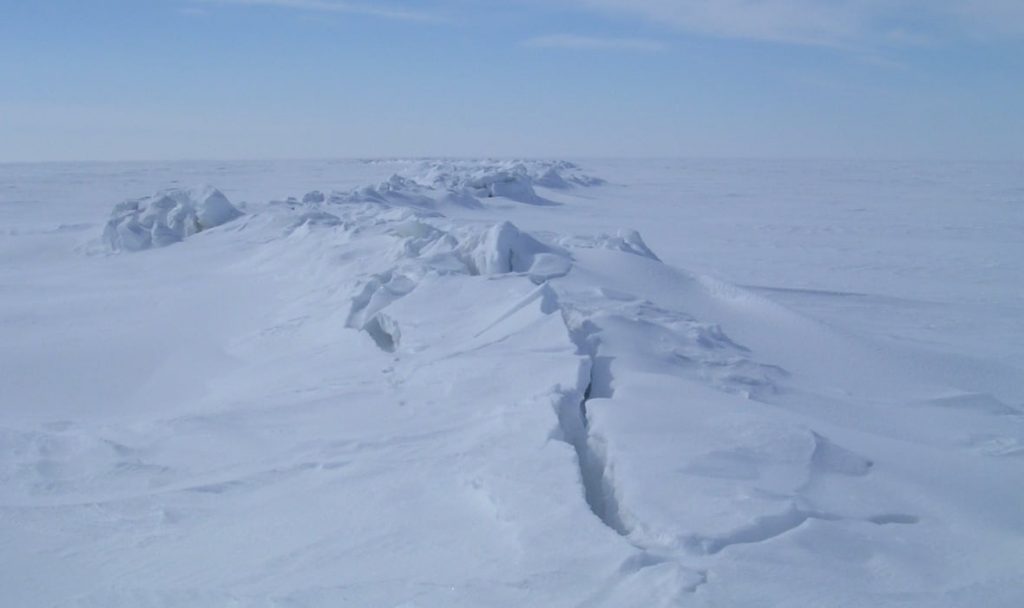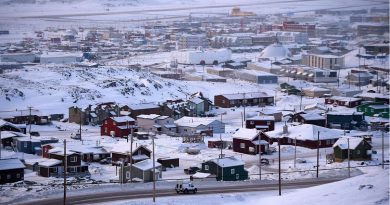Arctic ice shift: Melting multiyear floes trigger decline in vital pressure ridges

As Arctic sea ice continues to thin and shrink, an essential feature of its ecosystem—pressure ridges—is becoming increasingly rare, saysa recent study from the Alfred Wegener Institute (AWI).
“Until now, it’s remained unclear how pressure ridges were changing,” Thomas Krumpen, a sea-ice expert at AWI and lead author of the study, said in a statement.
“More and more of the Arctic consists of ice that melts in the summer and is no more than a year old. This young, thin ice can more readily be deformed and more rapidly forms new pressure ridges. So you might expect their frequency to increase. The fact that pressure ridges are nonetheless in decline is due to the dramatic melting of older floes.”
The ridges are formed when ice floes press against one another under pressure, and are relied on by Arctic wildlife and the wider ecosystem.
The crests of the floes can rise up to two meters above the water. They provide shelter for polar bears giving birth or overwintering.

Under the water, the ridges can stretch as deep as 30 meters, posing challenges for shipping while also playing a key role in mixing nutrients in the ocean. They also offer important habitats for various Arctic creatures, who depend on the shelter and stability the ridges provide.
However, the study found that the dramatic reduction of older, multiyear ice is leading to a significant decline in the frequency and size of these ridges.
To do the study, published in Nature Climate Change, AWI researchers used lasers to gather data on how the sea ice is changing. Their findings show that the number of pressure ridges has dropped by more than 12 per cent per decade in important areas like north of Greenland and Fram Strait.
In the Lincoln Sea, where older ice typically builds up, the decline is even more dramatic, with pressure ridges falling by 14.9 per cent per decade.
Younger ice replaces older floes
The changes are closely linked to the larger trend of melting sea ice in the Arctic. As the older, thicker ice disappears, it’s being replaced by younger, thinner ice.
While the new ice is easier to deform and can form pressure ridges faster, the overall loss of older ice means there are simply fewer ridges now.
“We tend to see the greatest decline in pressure ridges in those places where the ice’s age has decreased most,” Christian Haas, Head of Sea-ice Physics at AWI, said.
“Major changes can be seen in the Beaufort Sea, but also in the Central Arctic. Both regions are now partly ice-free in summer, though they were once dominated by ice that was at least five years old.”

The researchers said their next steps will be to develop models to better understand the knock-on effects of these changes on the wider Arctic ecosystem.
“The ice should drift more slowly when the sails shrink, since there’s less area for the transfer of momentum,” Luisa von Albedyll, a physicist at AWI, said.
“This indicates that there are other changes producing just the opposite effect. Stronger ocean currents or a smoother ice underside due to more intensive melting could be contributing factors.”
“We’ll only be able to devise effective strategies for the preservation and sustainable use of the Arctic once we better understand the region’s environmental system.”
Comments, tips or story ideas? Contact Eilís at eilis.quinn(at)cbc.ca
Related stories from around the North:
Canada: Study examines physical, social costs of thawing permafrost across Arctic regions, CBC News
Norway: Thawing permafrost melts ground under homes and around Global Seed Vault in Svalbard, The Independent Barents Observer
Russia: Melting permafrost may release industrial pollutants at Arctic sites: study, Eye on the Arctic
United States: 30–50% of critical northern infrastructure could be at high risk by 2050 due to warming, says study, Eye on the Arctic



